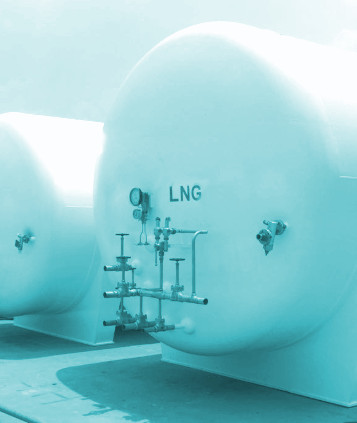Power drives emissions rise
 Australia’s emissions are at the highest on record, driven by an increase in emissions from the electricity sector.
Australia’s emissions are at the highest on record, driven by an increase in emissions from the electricity sector.
Electricity emission have risen to their highest levels in two years, according to new figures from NDEVER Environmental, an emissions-tracking organisation.
It measured an increase in emissions for the year to March 2019 to 561 million tonnes of carbon dioxide equivalent.
The figure is up from 554.5 million tonnes the previous year and 551.2 million tonnes in 2017.
The analysts excluded unreliable data from the land-use sector, but when land-use is included, emissions still appear to have increased for four consecutive years over the same period.
NDEVR says there has been an 8.2 per cent increase in emissions from the electricity sector between the December and March quarters, following three consecutive quarters of declines in electricity emissions.
The latest is the highest increase in emissions from that sector since March 2017.
NDEVR managing director Matt Drum says there were falls in both wind and hydro power in the March 2019 quarter compared to the same quarter the year before.
There has been a continued rise in fugitive emissions as a result of Australia’s LNG industry, which Mr Drums says shows there is “a lot of work to be done around offsetting and reducing emissions from the LNG sector”.
“That’s offsetting particularly through land-use projects, but also energy efficiency,” he said.
“And whether the carbon capture and storage nut can be cracked for that sector is going to be really important.”
Australia’s energy and emissions reduction minister, Angus Taylor, has claimed that LNG exports helpfully contribute to emissions reductions overseas.
Mr Drum disagrees.
“I don’t think you can prosecute that argument unless you also take into account our coal exports, which have a counter effect,” he said.
It is hard to find evidence to back Mr Taylor’s claim, and he has provided none.
It is true, however, that biggest consumer of Australia’s LNG – Japan – is using it to replace its emissions-free nuclear power.
“There’s still work to be done on policy. I sound like a broken record,” Mr Drum said.
“At the end of the day, participation in the emissions reduction fund is decreasing. Fewer projects, fewer contracts, less abatement.
“Unless something happens, something significant, this government will just be presiding over quarter after quarter, year after year, of increasing emissions. It’s as simple as that.”







 Print
Print